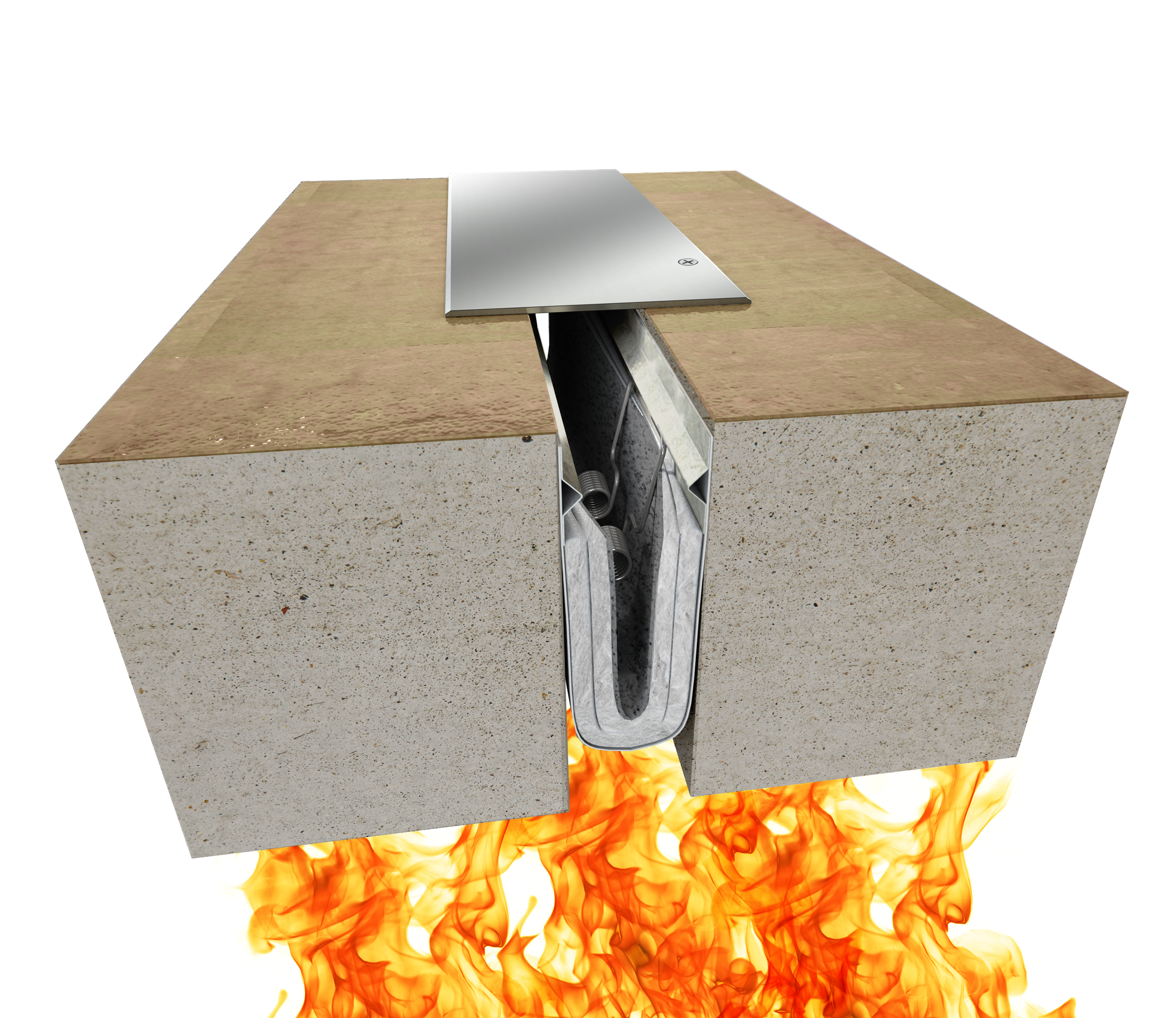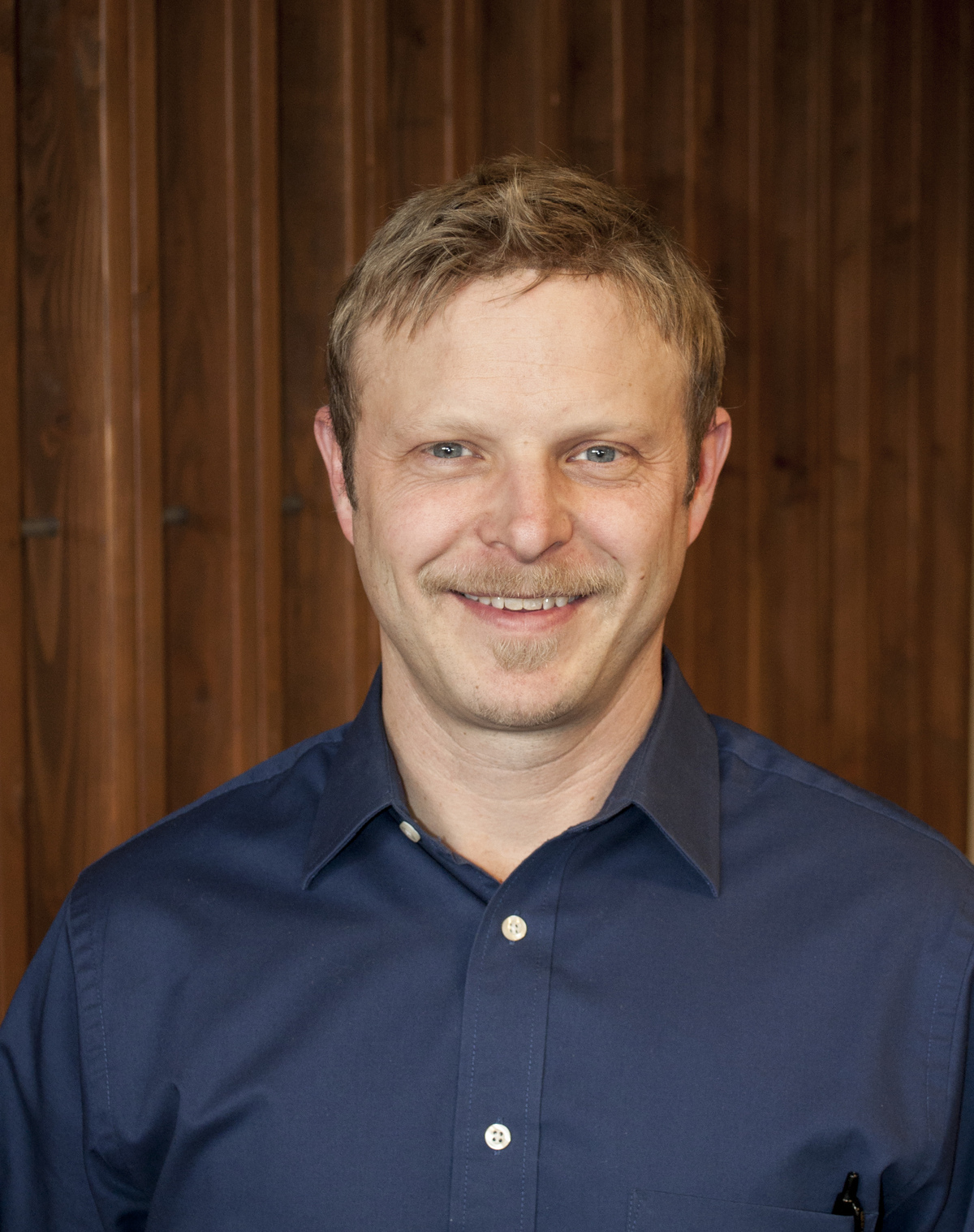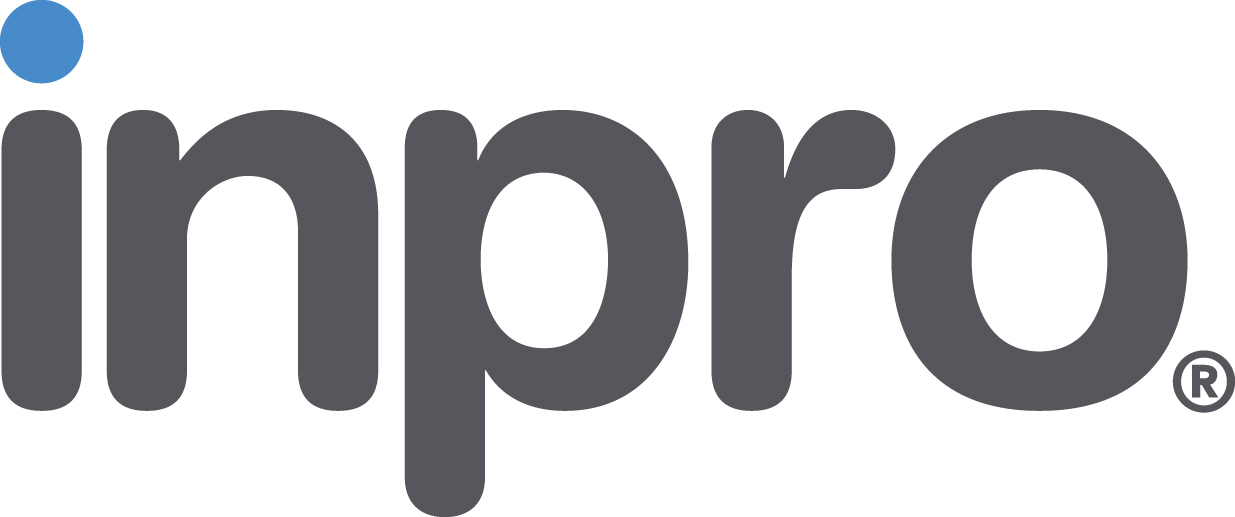Fire Resistive Expansion Joint
Keeping fire barriers uninterrupted
Moderator: Peter J. Arsenault, Panelists: Matthew Fisher, David Del Vecchio, Miguel Rodriguez
Learning Objectives:
- Identify the role that building construction joints play in a well-designed building and the code and life safety issues associated with making those joints fire resistive.
- Recognize the common types of fire resistive expansion joint filler systems that are available as solutions to meet safety requirements.
- Review the practical aspects of designing and constructing fire resistive expansion joints in different building situations and conditions.
- Determine ways to incorporate the principles and topics presented into architectural design and documentation as evidenced in project case studies.
Credits:
AAA 1 Structured Learning Hour
This course can be self-reported to the AANB, as per their CE Guidelines
AAPEI 1 Structured Learning Hour
MAA 1 Structured Learning Hour
This course can be self-reported to the NLAA.
This course can be self-reported to the NSAA
NWTAA 1 Structured Learning Hour
SAA 1 Hour of Core Learning
This course can be self-reported to the AIBC, as per their CE Guidelines.
As an IACET Accredited Provider, BNP Media offers IACET CEUs for its learning events that comply with the ANSI/IACET Continuing Education and Training Standard.
This course is approved as a Structured Course
This course can be self-reported to the AANB, as per their CE Guidelines
Approved for structured learning
Approved for Core Learning
This course can be self-reported to the NLAA
Course may qualify for Learning Hours with NWTAA
Course eligible for OAA Learning Hours
This course is approved as a core course
This course can be self-reported for Learning Units to the Architectural Institute of British Columbia
This test is no longer available for credit
Fire separations are required in buildings for good reasons—there are too many tragic examples of preventable death and injury from fire and smoke in buildings. Architects are well aware of the “passive” separation approach of using compartmentalized spaces that are enclosed on all horizontal and vertical sides with fire rated construction. The main fire barrier systems are fairly well understood using non-combustible construction of protected steel, concrete, gypsum board, etc. A sometimes overlooked design detail, however is addressing the seams or joints of the walls, floors, and roof. In particular, large buildings require expansion joints that are often located in fire rated construction assemblies that separate occupied spaces from each other, from vertical shaft ways, or from adjacent tenancies. The apparent paradox of providing an intentional break in the structure to allow for normal expansion and contraction while still maintaining a fire rating is addressed by providing an expansion joint that also serves as a fire barrier.
This course will review the issues surrounding expansion joints and fire safety. It will then go on to explore the three common types of fire barrier expansion joint systems and the suitability of each for different conditions. Specifically, compression systems, fire rated foams, and fire blankets will be looked at. Architects will discuss the practical design and construction aspects of working these into buildings and review examples.

Photo courtesy of Inpro Corporation

|
Peter J. Arsenault, FAIA. Mr. Arsenault is a registered architect, sustainability consultant, author, and speaker based in Greensboro, North Carolina. A 1977 graduate of Syracuse University, his multi-faceted work has focused on principles of high performance buildings including energy, code compliance, safety, and sustainability.
|

|
Matthew Fisher is the Senior Product Manager for JointMaster® Expansion Joint Systems, a division of Inpro®. He has 20 years of experience in architecture, construction management, and building materials management. Trained and serving six years in practice as an architect, Matthew knows the design process and the importance of design intent. His seven years in construction management gave him a depth of expertise and understanding of the rigors and pressures of building projects on time and budget. For the past six years, he has been the product manager for JointMaster, and he enjoys the ability to continue his learning by working with architects and contractors in the field. Matthew holds a Bachelor of Arts in architecture from the University of Wisconsin-Milwaukee. He is certified as a LEED Accredited Professional and also holds the Construction Document Technologist credential.
|

|
David Del Vecchio, Architect. David opened his own practice in 1991 soon after obtaining his license here in New Jersey, providing both design and expert services. In his design practice, he works with busy professionals who are seeking a trusted advisor on building design and construction, and won't settle for anything less than excellence. In his expert witness practice, David works with architects, the liability insurance companies who insure them, and the attorneys who defend them, to provide the support to they need to successfully settle or litigate claims made against them. David is a licensed architect in New Jersey, New York, Pennsylvania, Connecticut, Massachusetts, and Florida. Additionally, he is a Certified Interior Designer in New Jersey, a licensed RCS Building Inspector, a LEED© Accredited Professional, and an NCARB certificate holder.
|

|
Miguel Rodriguez, FAIA is a broadly experienced architect with over 35 years in the profession. As firm principal he directly overseas administration, client relations and marketing and is also directly in charge of and participates on each firm project overseeing the activities of the Project Manager and participating in all phases of project development. Mr. Rodriguez is a recognized expert in the American with Disabilities Act, the Florida Accessibility Code for Building Construction, the Uniform Federal Accessibility Standards and the Fair Housing Act and has provided expert advice and testimony on behalf of various clients with respect to the removal of architectural barriers.
|
Originally published in October 2019


















